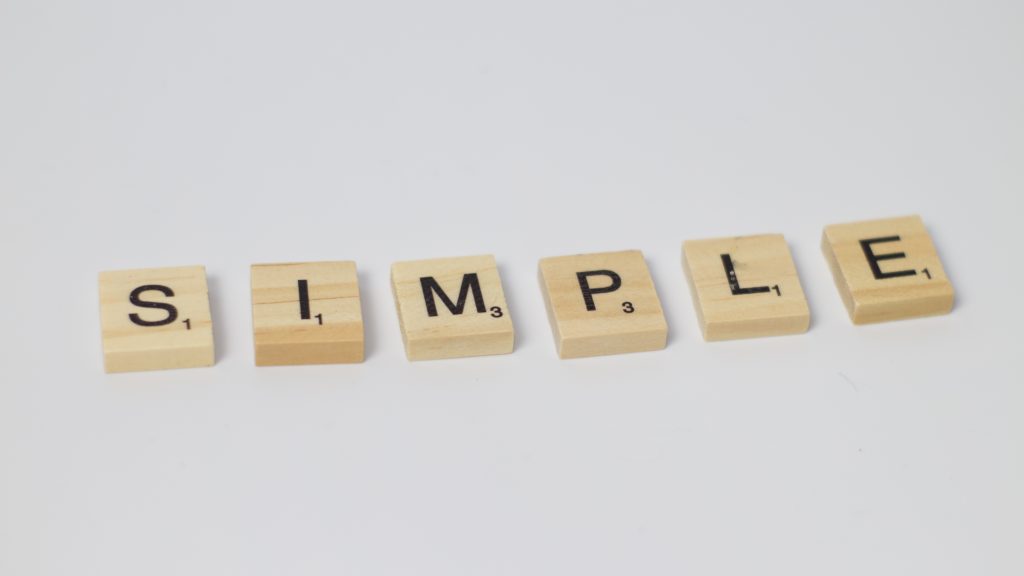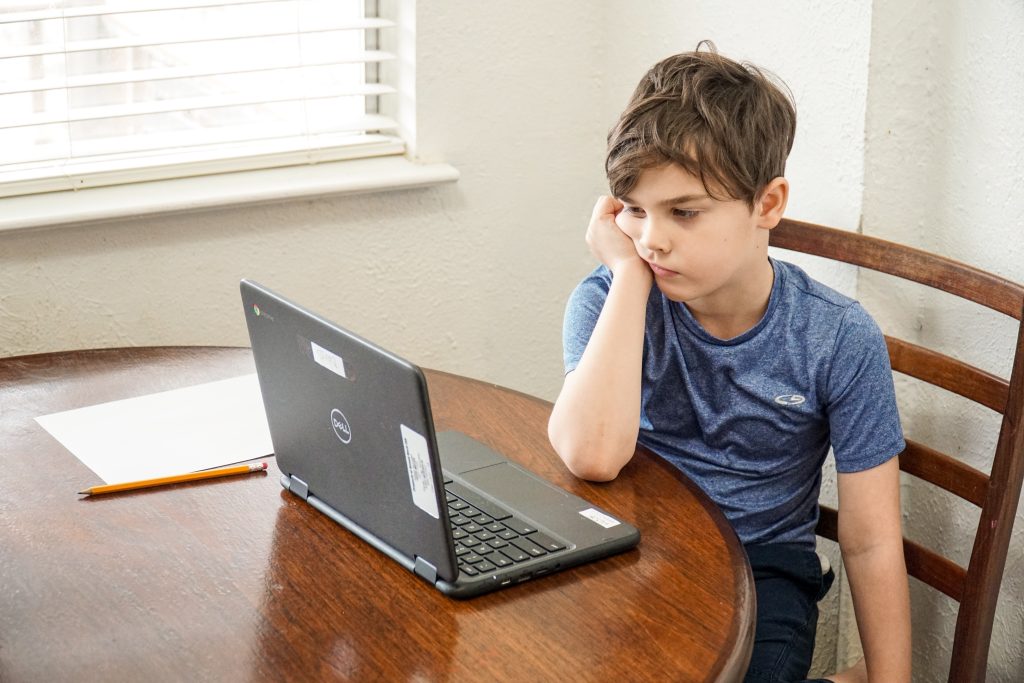Why does Latin have the reputation of being so difficult? Everybody thinks that it’s difficult and to some extent it is – but so is any language, once you get past, “Bonjour, je m’appelle Emma”.
Grammar is tricky and it’s still not taught in our own language to the degree that it is in most other countries. To listen to educators, writers and commentators report on the increased level of rigour in the teaching of literacy in primary schools, you’d think that the problem was solved. In truth, the level to which grammar is taught discretely in English schools is still woeful by comparison with schools in other countries. To a certain extent, this is a self-perpetuating problem caused by failures in the system over the last couple of generations. Many current teachers admit that they struggle to teach concepts that they themselves were never taught in school, and if I had a £1 for every English teacher that has come to me for help with basic English grammar, I’d have enough for a slap-up meal.
Let’s take a closer look at why some children struggle so much with Latin over and above their other subjects and – specifically – more than any other language they might be learning in school. One obvious reason, I think, is the unfamiliar territory which this dead language presents to family and friends. Many parents and guardians feel able to offer support to their children in other subjects, certainly in the early years. I work with many families who are really involved with their children’s homework and study and children certainly do benefit from this kind of proactive and interested support at home. Lots of families employ me because they care about their children’s studies but they themselves feel ill-equipped to support them in Latin due to their own lack of knowledge; with only around 2.5% of state schools currently offering Latin on their timetable, I don’t anticipate that situation changing in a hurry. As a result of the fact that so few people have experience of Latin as a subject, it maintains a kind of mystique, and that all feeds into its reputation as an inaccessible and challenging subject.
Furthermore, and at the risk of stating the obvious, Latin is an ancient lanaguage and a dead one. What does it mean that the language is dead? Quite simply, that nobody speaks it any more. As a result, the content of what children are asked to translate will often seem very obscure. The ancient world was very different from ours and much of what went on – even in the most mundane aspects of daily life – can seem unfamiliar or even bizarre. Add to this the fact that a lot of the time students will be looking at stories from ancient myths or founding legends and we’re then into a whole new world of weirdness. The thing is, children generally like the weirdness – and indeed the darkness – of these ancient tales; if you think that children don’t appreciate the darkness of the world then explain the thundering success of a children’s author such as Patrick Ness. Children are not necessarily put off by the puzzling nature of what they are translating, but it can certainly contribute to their belief that the material is obscure.
The realities of learning an ancient language compared to a modern one are summed up by this absolutely hilarious snippet which has been doing the rounds on the internet for donkey’s years:

So, we’ve dealt with Latin’s reputation and we’ve explored the inherent fact of it being an ancient, dead language that may make it potentially difficult to access. On top of that lies the truth that Latin as a language is very different from our own and indeed from any others we are likely to be taught in UK schools.
The most important thing to understand is that Latin is a heavily inflected language. What that means is that word-formation matters: we’re not just talking about spelling here, because if you look at a word that is wrongly spelled in English, you will still more than likely be able to recognise it in context and thus understand the sentence. However, in inflected languages, words are modified to express different grammatical categories such as tense, voice, number, gender and mood. The inflection of verbs is called conjugation and this will be familiar to students of all languages, but in Latin (and in other heavily-inflected languages such as German) nouns are inflected too (as are adjectives, participles, pronouns and some numerals). So, words change and therefore become difficult to recognise. What blows students’ minds most in my experience is how this inflection translates into English and how the rendering of that translation can be confusing. For example, ad feminam in Latin means “to the woman” in the sense of “towards the woman”, so I might use the phrase in a sentence such as “the boy ran over to the woman”. However, as well as ad feminam, the word feminae, with that different ending and no preposition, can also mean “to the woman”, but this time in the sense of “giving something to”. I would therefore use feminae in a sentence such as “I gave a gift to the woman”. Using ad feminam in that context would be completely wrong. Trying to unpick why two grammatically different phrases sound the same in English is just one tiny example of myriad of misconceptions and misunderstandings that children can acquire and that can cause problems later down the line. What’s great about one-to-one tutoring, of course, is that these kinds of misconceptions can be uncovered, unpicked and rectified.
Due to its inflection, many Latin words become extremely difficult to recognise as they decline or conjugate. This brings us to what many students find the most disheartening thing about the subject, which is vocabulary learning. If a student has worked hard to learn the meaning of a list of words, imagine their disappointment and frustration when this effort bears no fruit for them when it comes to translating. A child may have learned that do means “give” but will they recognise dant, dabamus or dederunt, which are all versions of that same verb? Well, without explicit instruction, lots of practice and a huge amount of support, probably not. This can be really depressing for students and can lead to them wanting to give up altogether, which is where a tutor comes in.
Another consequence of the fact that Latin is inflected is that a Latin sentence has to be decoded – you can’t just read it from left to right. Breaking the habit of reading from left to right is one of the biggest challenges that we face when trying to teach students how to succeed in Latin. Even when a child has worked hard to learn all of their noun endings and all of their verb endings, they still need a huge amount of support and scaffolding to show them how to process these and map them onto the sentences in front of them. Most Latin teachers really underestimate the amount of time, effort and repetition that it takes to help them to break this habit. Once again, this is where one-to-one tuition can be really powerful: working with a child to model the process is key.






